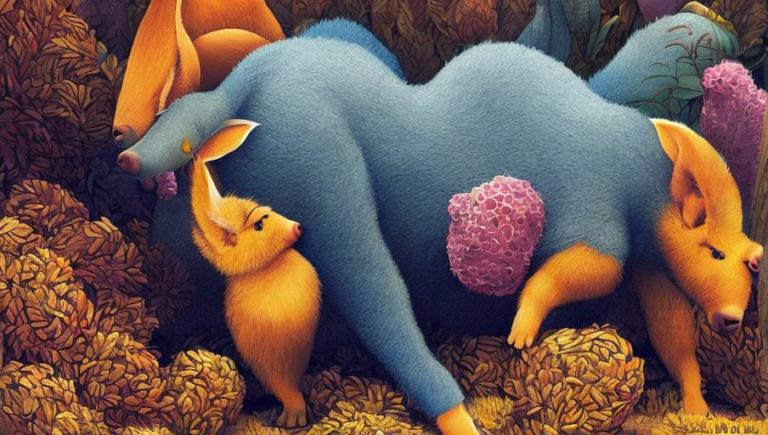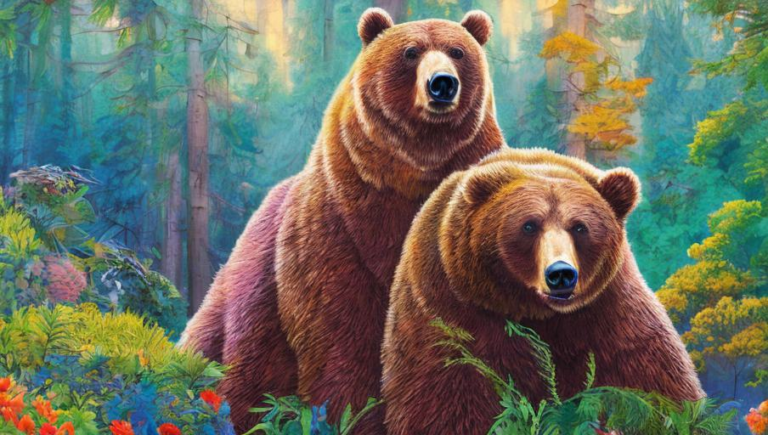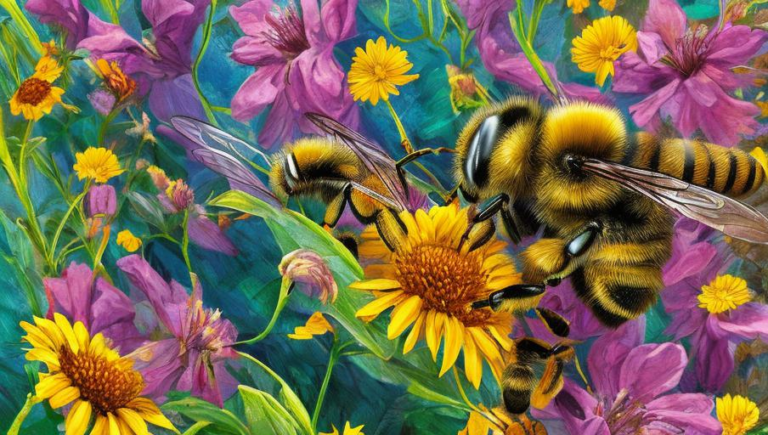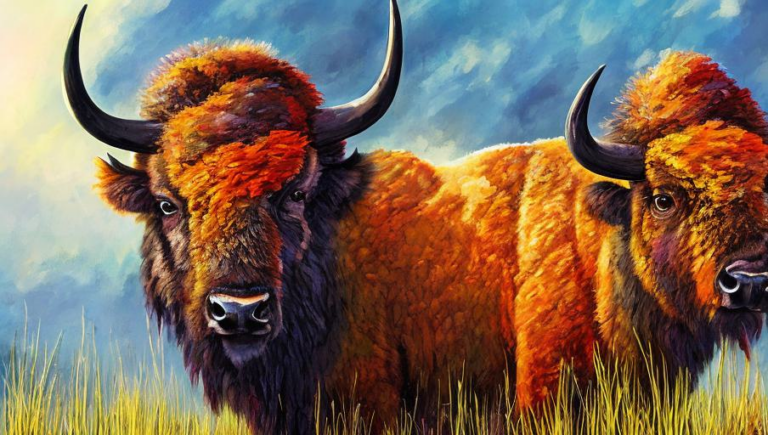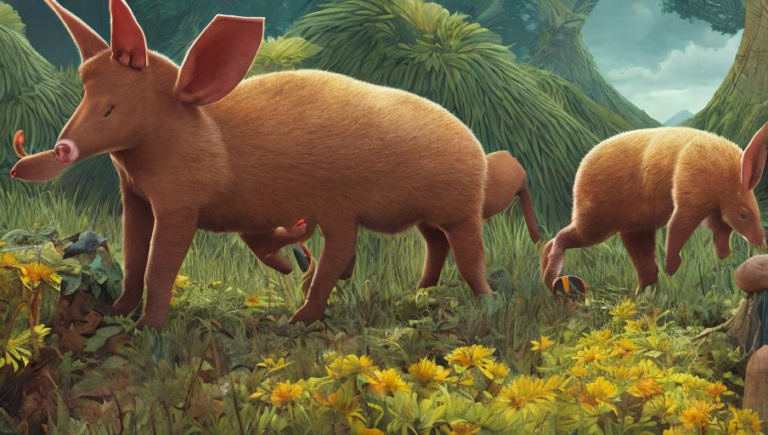Impact of Human Activity on the Beaver Population
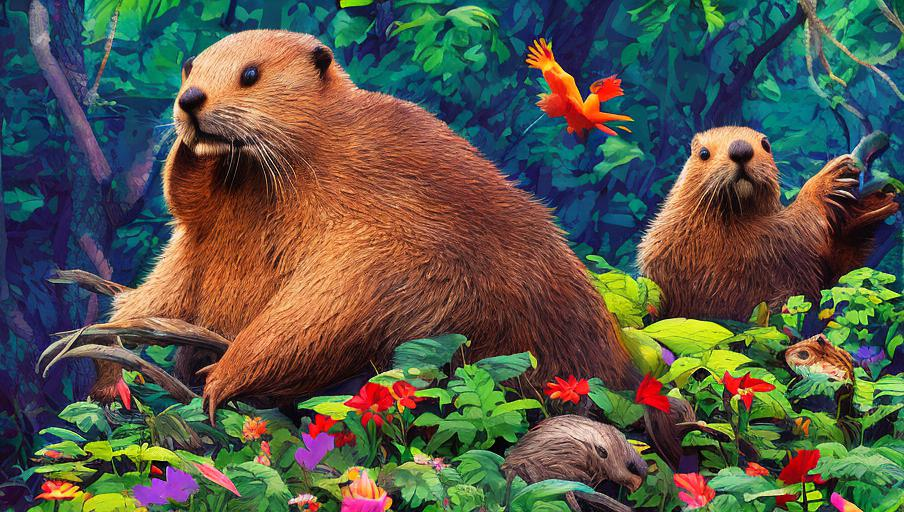
Introduction
Beavers are a keystone species in a variety of ecosystems, having a significant impact on their habitats. They are renowned for their engineering abilities and are essential to the health of wetlands, forests, and other ecosystems. Unfortunately, human activity has put the beaver population in danger. It is essential that we understand the effects of human activity on beavers in order to conserve and protect them.
Habitat Destruction
One of the major threats to beavers is the destruction of their habitats. Humans have cleared large swaths of land for agricultural and residential purposes, leaving beavers without the resources and space that they need to survive. As a result, beaver populations are being forced to relocate in search of suitable habitats, often leading to decreased population sizes. Additionally, the destruction of wetlands has caused the loss of access to food sources and safe nesting sites, further contributing to the decline in beaver populations.
Pollution
Pollution is another major threat to beavers and their habitats. Pesticides, herbicides, and other chemicals used in agricultural and industrial activities can seep into streams and lakes, contaminating the water and killing off fish and other aquatic organisms that beavers rely on for food. Additionally, runoff from roads and other vehicles can decrease water quality, further impacting the viability of beaver habitats.
Hunting and Trapping
Hunting and trapping are other causes of beaver population decline. Beavers are often hunted for their fur, which has caused a decrease in beaver populations in some areas. Additionally, beavers can be trapped for their castoreum, which is a glandular secretion used in perfumes, food, and other products. This has resulted in a decrease in populations in some areas.
Conclusion
Beavers are an important part of many ecosystems and their populations are in danger due to human activity. It is essential that we take steps to protect and conserve beaver populations in order to ensure that they can continue to thrive. This can be done by creating protected habitats, reducing pollution, and regulating hunting and trapping. By taking these steps, we can help to ensure that beavers remain a keystone species in our ecosystems.
